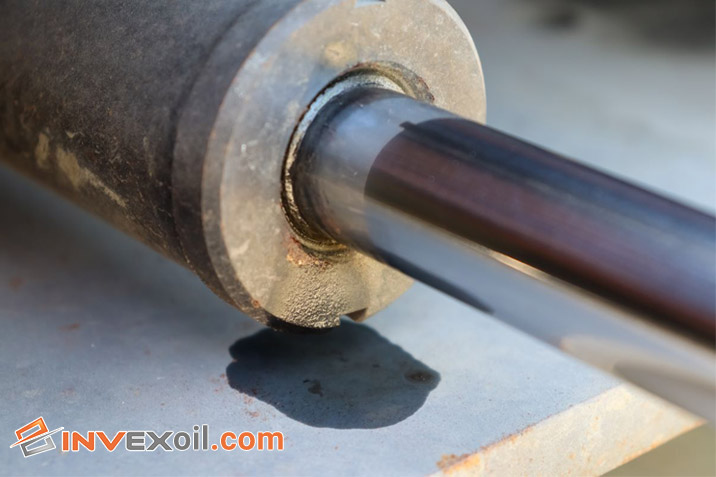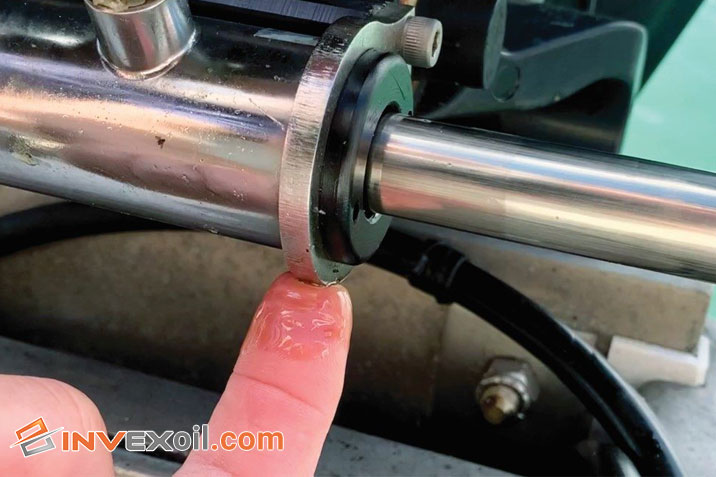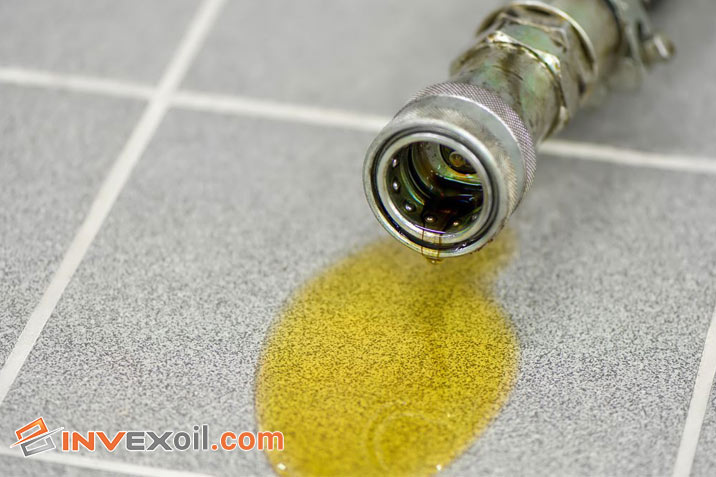Have you ever wondered why flushing a hydraulic system is important for its longevity and efficiency? Hydraulic System Leakage can be a silent problem, impacting not just the machinery but also posing environmental risks. In this detailed article, we will explore the common causes of these leaks, their effects on equipment and the environment, and most importantly, how to detect and prevent them.
From practical tips on regular maintenance to advanced leak detection technologies and an essential guide on flushing a hydraulic system, we’ve got it all covered. If maintaining optimal performance of your hydraulic systems is your goal, then this article is your gold mine! Scroll down to and follow this useful article.
Table of Contents
Common Causes of Hydraulic System Leakage
Without wasting time, let’s check all of them one by one:
-
Wear and Tear of Components
Every machine faces wear and tear over time, and hydraulic systems are no exception. Continuous use results in regular damage to hydraulic components. This deterioration often leads to leaks, impacting the system’s efficiency and reliability. If you want to have a great experience with your devices, regular check-ups and timely replacement of some important parts are important.
For example, a construction company experienced frequent hydraulic leaks due to normal wear and tear on their heavy machinery. For that, we introduced regular maintenance schedules, and that advice significantly reduced downtime and repair costs.
-
Incorrect Installation and Maintenance
Faulty installation and irregular machine maintenance are significant contributors to hydraulic system leakage. Even small errors during installation can lead to misalignment, creating stress on components, and eventually, they cause leakage. Proper training for technicians and following the correct manufacturer guidelines can prevent any problems. For example, a technician needs to properly install a pump to avoid an unbalanced system, causing bad working and leaks.
-
Seal Deterioration and Damage
Seals are necessary for maintaining the whole of a hydraulic system. Exposure to extreme temperatures, corrosive fluids, or simply aging can cause these seals to deteriorate. Also, regular inspections for seal integrity can prevent unexpected failures. Consider how high-quality seals withstand varying operational conditions, showcasing the importance of choosing the right components.
-
Over-Pressurization and Thermal Degradation
When you are over-pressure of the system’s designed pressure limits, it can easily cause leaks. Over-pressurization stresses components, while thermal degradation occurs when the system operates at high temperatures for long periods. Both scenarios can lead to seal damage and leaks. In contrast, checking the operational limits and monitoring system temperatures can reduce these risks.
Impact of Hydraulic System Leakage on Equipment and the Environment
In this part, we are going to check the environmental impact of Hydraulic System Leakage. For more information, please follow this subheader:
1-Equipment Efficiency and Lifespan Reduction
Leakage in hydraulic systems directly impacts equipment efficiency. It leads to reduced performance, increased energy consumption, and shortened equipment lifespan. Therefore, monitoring and maintaining hydraulic systems are essential for optimal operation.
2-Environmental Hazards and Contamination
Hydraulic leaks are not just a mechanical issue; they pose significant environmental hazards. Leaked hydraulic fluid contamination can penetrate in soil and water and harm local ecosystems. This is why we have to detect any leaks and repair them immediately.
Methods for Detecting & Preventing Hydraulic System Leakage
There are some methods that we can use for detecting any leakage; in this part, we cover all important methods:
Method 1: Regular Inspection and Maintenance
Regular inspection and maintenance are the main part of preventing hydraulic system leakage. Scheduled check-ups can identify potential issues before they convert into major leaks.
Method 2: Using the Right Tools for Leak Detection
Employing the correct tools for detecting leaks is also an important thing. From visual inspections to more advanced methods like ultrasonic leak detectors, the right tools can accurately identify leak points. For example, a simple dye test can reveal hidden leaks in complex hydraulic systems, and we have to use better tools.
Flushing a Hydraulic System: A Key Preventive Measure
Flushing a hydraulic system is a fundamental preventive strategy. This process involves cleaning the system of contaminants and degraded fluid, maintaining its integrity.
Step-by-Step Guide on Flushing a Hydraulic System
- Drain the Old Fluid: Begin by draining the existing contaminated hydraulic fluid.
- Clean and Replace Filters: Replace filters to make sure no contaminants remain.
- Refill with Flushing Fluid: Use a specified flushing fluid to cleanse the system.
- Operate the System: Run the system, allowing the flushing fluid to work thoroughly.
- Drain and Refill: Finally, drain the flushing fluid and refill with new hydraulic oil.
Advanced Technologies in Leak Detection
There are some Advanced Technologies in leak detection, they like predictive maintenance technologies, and automated monitoring systems offer advanced leak detection capabilities. These technologies can forecast potential leaks and facilitate timely intervention to make sure everything is okay.
Finally, this is an overview of techniques used to detect and prevent leaks in hydraulic systems:
| Method | Description | Effectiveness |
| Visual Inspection | Regular checks for visible signs of leakage. | Basic but essential first step. |
| Pressure Testing | Using gauges to test system pressure integrity. | Highly effective for detecting weak points. |
| Ultrasonic Detection | Employing ultrasonic tools to detect the sound of leaks. | It is very effective, especially for small or hidden leaks. |
| Dye Testing | Adding colored dye to the fluid to trace leaks. | Effective for locating difficult-to-find leaks. |
| Regular Maintenance | Scheduled upkeep to address issues preemptively. | Crucial for long-term leak prevention. |
Conclusion
In summary, this article has highlighted information about detecting and preventing hydraulic system leakage, and it had the significance of flushing a hydraulic system for its sustained efficiency and longevity. We’ve learned the common causes of these leaks, ranging from wear and tear to over-pressurization, and their far-reaching impacts on both equipment and the environment.
Methods like regular inspections, using the right tools, and advanced leak detection technologies were discussed as effective solutions. Finally, we understood the health of hydraulic systems is more important than it seems.
FAQ
How Does Flushing a Hydraulic System Prevent Leakage?
Flushing a hydraulic system removes contaminants and buildup, which is crucial for maintaining system integrity and preventing leaks due to blockages or pressure imbalances.
What Are the Primary Causes of Hydraulic System Leakage?
The main causes include wear and tear of components, improper installation, seal deterioration, and over-pressurization, each leading to potential system failure and leaks.
What Impact Does Hydraulic System Leakage Have on the Environment?
Hydraulic system leaks can lead to significant environmental contamination, with hydraulic fluids potentially harming ecosystems and polluting water sources.

Hello, This is Matteo Hudson Copywriter from InvexOil. We are here to provide super-important content to help you learn more easily and be involved in the world of Petroleum and Chemistry. We are here to answer your questions, help you to have better services, and also find the best solution for your problems. Don’t be shy and ask your questions in the comment box or call our number. If you want to connect with me directly, you can search for my name on Linkedin.





